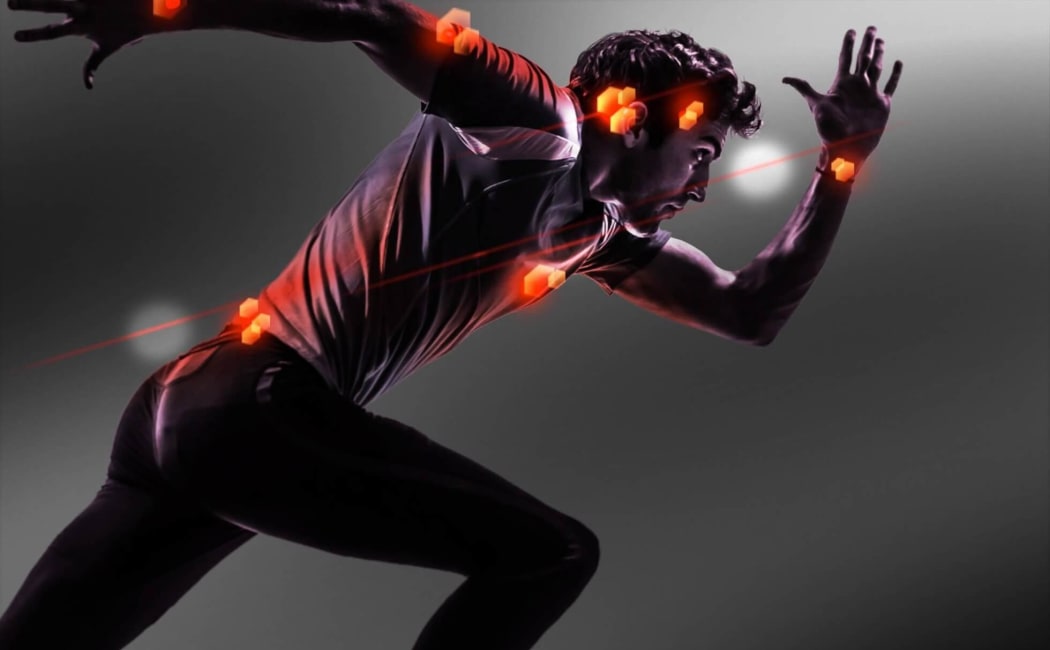Wearable Tech in Sports: Performance Monitoring & Injury Prevention

Wearable Tech in Sports: Performance Monitoring & Injury Prevention
Introduction
In recent years, wearable technology has gained a powerful role in sports. From elite athletes to weekend runners, wearables are helping to monitor performance, track vital signs, and most importantly, warn about injury risks before they become serious. With advances in sensors, AI-powered analytics, and smart fabrics, sports performance monitoring and injury prevention are being revolutionized faster than ever.
Why Wearables Are Game-Changers
- Real-time physiological tracking: Devices like heart rate monitors, accelerometers, gyroscopes, GPS trackers help capture heart rate variability (HRV), movement patterns, respiration, and more.
- Biomechanical insight: Wearables can analyze joint angles, muscular activation, ground reaction forces, and detect imbalances that could lead to overuse injuries.
- Load & fatigue monitoring: By measuring training load, rest periods, and recovery metrics like sleep quality, wearables help prevent overtraining syndromes.
- Smart fabrics & embedded sensors: Clothes or wearable patches that integrate sensors (e.g. EMG, strain sensors) allow continuous, unobtrusive monitoring.
- Data analytics & AI: The enormous volume of sensor data needs reliable algorithms to spot risky patterns—machine learning and AI are central to converting raw data into actionable insights.
Top Applications in Performance Monitoring
Here are some of the ways wearable tech is being applied to get athletes ahead in training, performance, and safety:
- Movement & Gait Analysis: Sensors detect asymmetries in gait or running technique, enabling corrections that reduce strain on joints.
- Jump Monitoring & Load Impact: Wearables that track jump count, jump height and load allow coaches to manage explosive movements to reduce injury risk.
- Heart Rate & Recovery Metrics: Using HRV, rest-heart rate, sleep tracking, and stress indicators, athletes tailor recovery and training intensity.
- Smart Clothing & Equipment: Fabric with built-in sensors or pressure mapping in footwear helps measure pressure distribution, alignment, or posture, flagging risk areas early.
- Injury Risk Prediction: AI algorithms analyze historical data and biomechanics to forecast risk of overuse injuries, making preventive adjustments possible.
Challenges & Limitations
While promising, wearable tech in sports has hurdles that need addressing to fully realize its potential:
- Accuracy & Validation: Some sensors or wearables under lab conditions perform well, but real-world conditions (sweat, motion, multiple impacts) interfere. Calibrating devices for diverse sports remains a challenge.
- Comfort & Wearability: Devices must be unobtrusive; athletes often resist bulky gear or anything that alters performance or causes discomfort. Smart clothing helps, but cost and durability are issues.
- Data Overload & Interpretation: Huge volumes of data need good analytics tools. False positives (signals flagged as risk when they aren’t) can create unnecessary worry or interruption of training.
- Cost & Accessibility: Professional grade wearables, smart garments, or custom sensors are expensive. Amateur athletes or smaller teams may find adoption difficult.
- Privacy & Ethics: Sensitive health and personal data are collected. Ensuring data ownership, security, and consent, especially when AI is involved, is crucial.
Emerging Trends & What’s Next
Over the coming years, several innovations will define the future of wearable sports tech:
- AI-Driven Smart Sportswear: Materials embedded with strain sensors and neural networks to monitor movement symmetry, breathing coordination, and trigger feedback in real time.
- Integrated Feedback & On-Body Alerts: Devices that don’t just collect data but alert athletes immediately via haptic feedback or visual cues when movement or load is risky.
- Personalization & Adaptive Learning: Wearables using ML to learn what’s “normal” for each individual, adjusting thresholds over time rather than applying one-size-fits-all limits.
- Recovery Focus & Holistic Monitoring: Sleep, nutrition, hydration, environment (temperature, humidity), heart rate variability—all being incorporated to inform smarter rest & recovery decisions.
- Wearables for Amateur & Recreational Athletes: As costs fall and tech improves, expect consumer-grade wearables offering high-quality insights to become more affordable and widely used.
Best Practices: How Athletes & Teams Should Use Wearables
To maximize benefit and limit risks, here are recommended practices for deploying wearable tech effectively in sports:
- Start With Baseline Assessments: Understand each athlete’s normal metrics (movement, heart rate, biomechanics) before making comparisons. Deviations are more meaningful when you know what “normal” looks like.
- Use Multidimensional Metrics: Don’t rely on just one number. Combine movement, physiological, recovery, sleep, and subjective feeling for a full picture.
- Integrate Feedback Quickly: Use real-time alerts or coach notifications to make changes during training sessions or rest as needed.
- Set Recovery Protocols: Give enough rest, monitor recovery metrics (HRV, sleep), and adjust load accordingly to prevent overuse injuries.
- Regular Re-calibration & Device Validation: Periodically test sensors and wearables to ensure data accuracy—especially after wear and tear.
- Ensure Comfort & Usability: The wearable should feel natural—minimal discomfort, not interfering with movement. If it’s uncomfortable, athletes may avoid or misuse it.
- Manage Data & Privacy Carefully: Clarify data ownership, use strong encryption, respect user consent, and follow ethical guidelines.
Conclusion
Wearable tech in sports is no longer just a trend—it’s becoming essential for athletes, teams, and trainers who want to stay ahead. By combining precise sensors, AI analytics, and smart wearable design, it’s possible to monitor performance more deeply, prevent injuries proactively, and extend athletes’ careers. Though challenges like cost, privacy, sensor accuracy, and comfort remain, best practices and rapid innovation are pushing solutions forward.
Over the next 3-5 years, expect to see smart clothing with even more embedded sensors, adaptive feedback systems, more accessible pricing, and better integration with coaching workflows. For athletes at every level, wearable performance monitoring & injury prevention will become not just beneficial—but indispensable.
